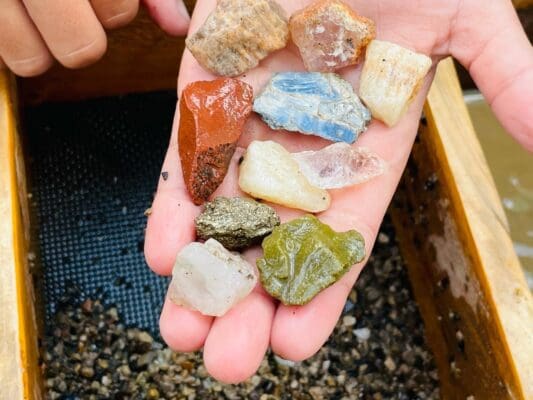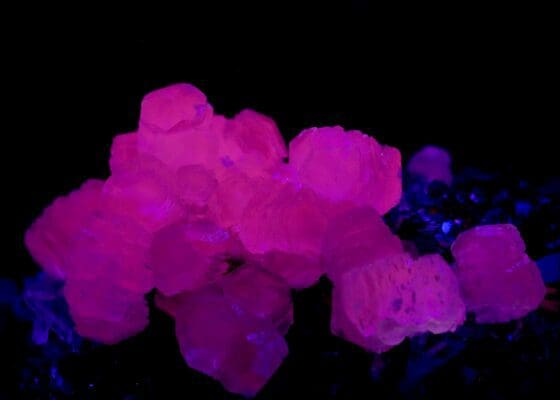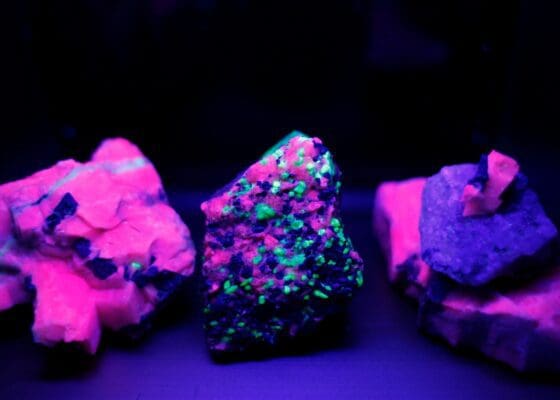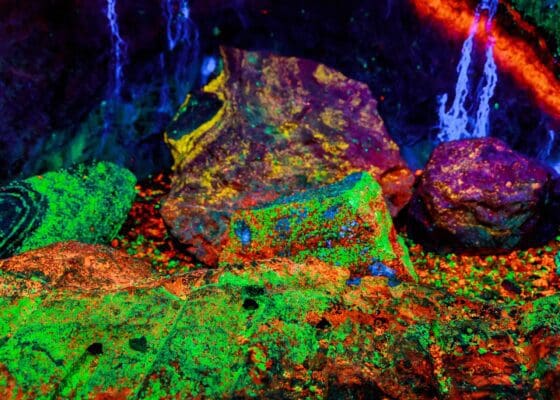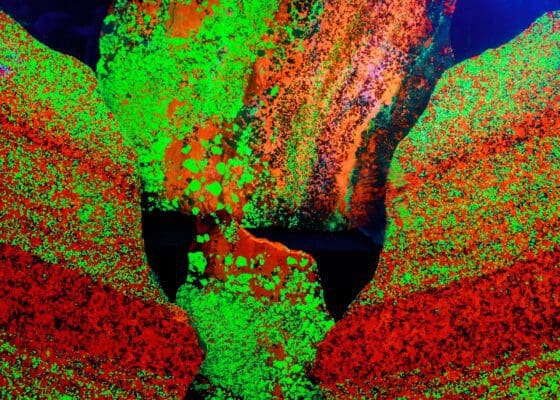Monthly Archives: October 2023
Agate Unveiled: Your Ultimate FAQ Guide
Unraveling the Mysteries of Agate Crystals In the mesmerizing world of gemstones, agate crystals hold [...]
Oct
Gem Mining FAQs: Your Questions Answered
Embarking on the exciting journey of gem mining can be a rewarding and educational experience [...]
Oct
Sparkling Learning: How Gem Mining Enriches the Classroom Experience
In the dynamic landscape of education, where engagement and interactivity are keys to effective learning, [...]
Oct
Earth’s Hidden Treasures: Unearthing the Bond Between Nature and Gem Mining
Amidst the hustle and bustle of modern life, the serene call of nature, echoing the [...]
Oct
Golden Moments: Grandparents and Grandkids Unite in the Treasure Hunt of Gem Mining
There’s a special kind of magic that happens when the old and young unite, hands [...]
Oct
Unlocking Potential: How Gem Mining Kits Boost Your Child’s Learning and Development
Imagine a world where your child learns complex scientific concepts, not by rote memorization, but [...]
Oct
The Luminous World of Fluorescent Minerals and Gemstones
Introduction In the enigmatic world of minerals and gemstones, there exists a captivating phenomenon known [...]
2 Comments
Oct
Top 10 Most Sought-After Fluorescent Minerals
Introduction: In the intricate tapestry of Earth’s geological wonders, a special category of minerals casts [...]
Oct
Collecting Fluorescent Minerals: Your Ultimate Step-by-Step Guide to Start a Radiant Collection
In the spectacular world of minerals, there exists a radiant category that emanates an ethereal [...]
Oct
Benefits of Fluorescent Minerals: The Aesthetic and Educational Journey
Nestled deep within the Earth’s crust, where silence and darkness reign, fluorescent minerals emerge as [...]
2 Comments
Oct
- 1
- 2




